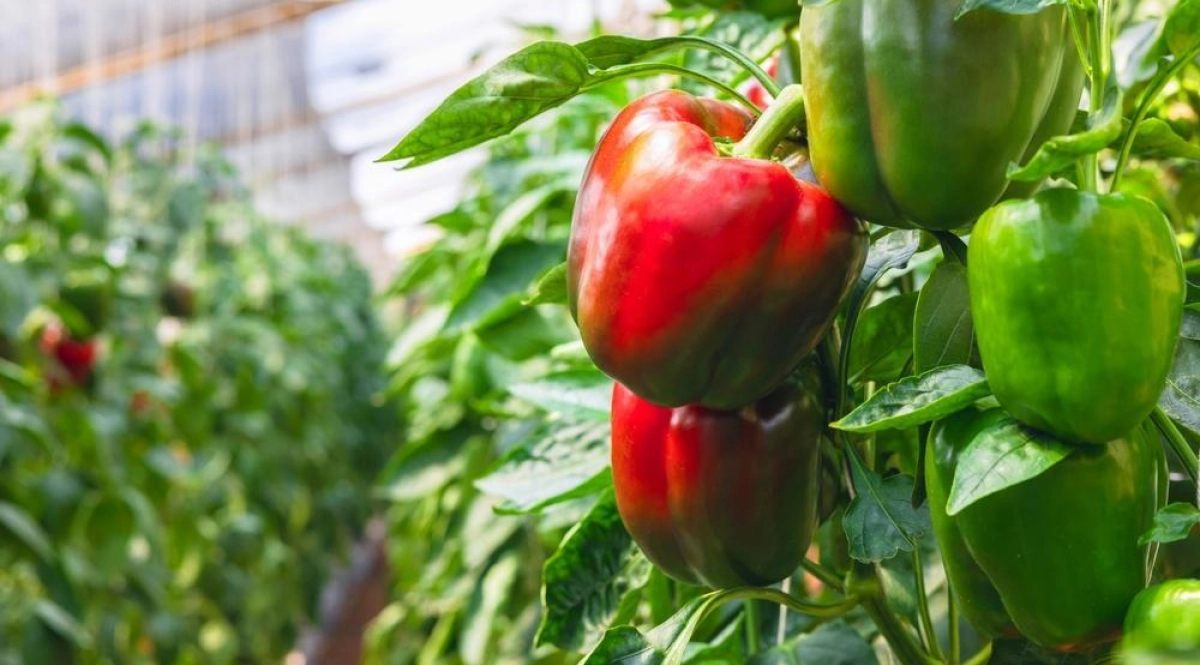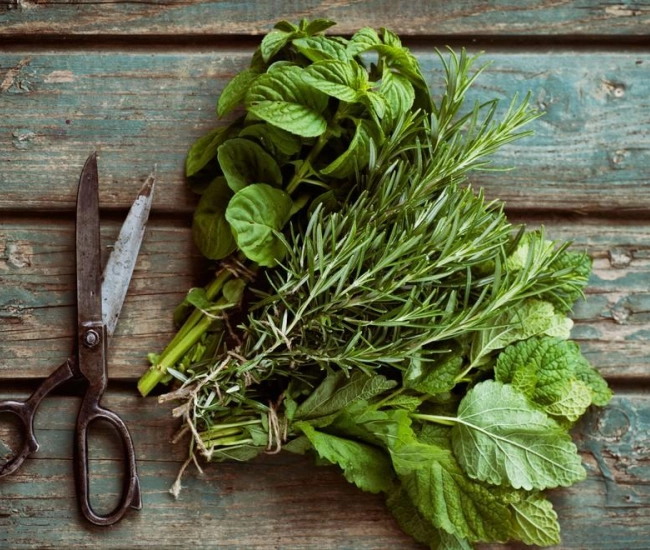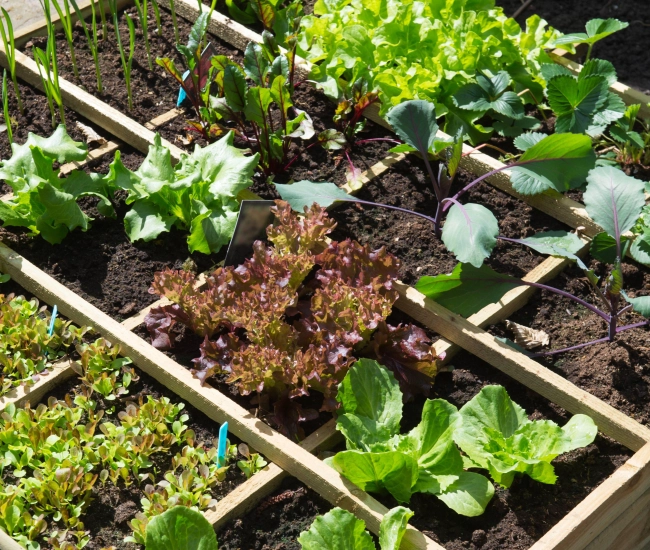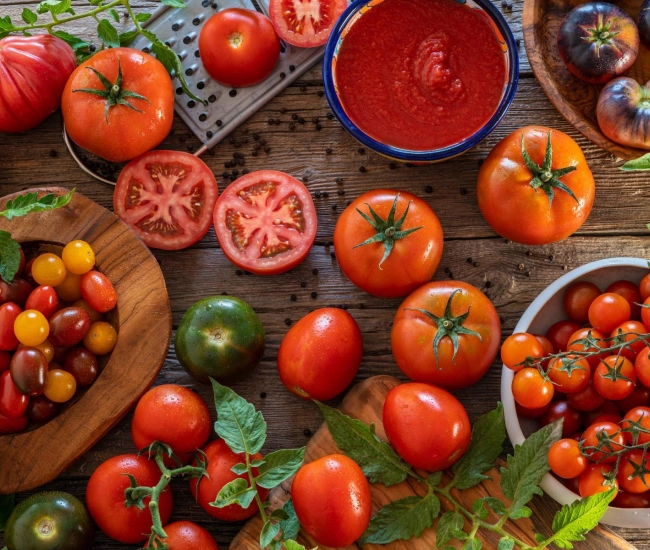
Jalapeno, habanero, cubanelle, or a beautiful big crunchy and sweet bell pepper: we love peppers! Whether you prefer mild or very spicy, there is an ideal pepper for everyone. Are bell peppers and chili peppers different? Yes and no! Although the beautiful sweet fruits in red, yellow, orange, green, and sometimes purple are called bell peppers, they belong to the same family: the Solanaceae. It is the capsaicin level of each pepper variety that distinguishes them from one another. The higher the capsaicin level, the hotter the pepper will be. For example, bell peppers score 0 on the Scoville scale, while cayenne peppers score 50,000, and the Carolina Reaper reaches 2.2 million!
Peppers have many uses; they can be eaten raw or cooked in various ways. You can also dry hot peppers or turn them into sauces to enhance dishes and even cocktails. They are a great product to have in the garden. Here are our pro tips to maximize your harvest of bell peppers and chili peppers.

Heat, heat!
Peppers love heat. If you have started your seedlings indoors or purchased young plants from your local Passion Jardins vendor, it is best to wait until the soil reaches 18 ºC before transplanting them into the garden. Nights should then be around 15 ºC. This way, you will avoid the shock that could cause the plants to stagnate for a while, delaying growth and fruit production. Patience is golden with peppers.
Sun
As peppers appreciate heat and originate from tropical countries, make sure to plant them in a very sunny location where they receive about 8 hours of sunlight per day. Avoid planting them in the shade created by taller plants like tomatoes.
Water and Fertilizer
Wait until the soil is dry to the touch before watering the peppers. Do not let the leaves wilt, but avoid keeping the soil moist at all times. Water deeply, avoiding wetting the foliage as much as possible to limit the spread of fungal diseases. Fertilize with natural flower and garden fertilizer from Passion Jardins at planting and then every 2 weeks, following the instructions on the label. This will give you strong, disease-resistant plants that will produce better.
Other Care
If your plants produce a lot, the branches may bend and even break under the weight of the fruits. If you are successful and your peppers are very productive, stake the plants to help them stand upright. Also, weed regularly to prevent weeds from invading the space and stealing the precious nutrients intended for your peppers. Using mulch can help reduce weed growth and keep the soil at a good temperature... did we tell you that peppers love heat!?
Growing bell peppers and chili peppers is not considered easy. The right conditions need to be met for a good harvest. You can harvest the fruits at different stages of ripeness. Green bell peppers are entirely edible and will continue to ripen and change color once picked and placed on the counter.
Hot peppers dry easily and naturally. When they are ripe or when temperatures start to drop, pull up the entire plant and hang it upside down in a cool, dry place. The peppers will finish ripening and dry slowly; you can then use them as needed throughout the winter.

For recipe ideas, check out the Trop fort section of Ricardo Magazine, produced in collaboration with Passion Jardins. Available at newsstands from August 11, 2023.
Happy harvesting and bon appétit!
Tips and advice



